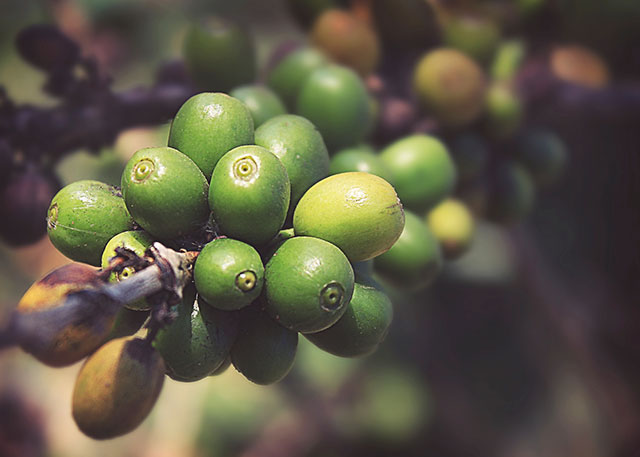News on the importance of bees, butterflies, and other pollinators continues to grow. Most people think of bees and butterflies when thinking about pollinators, but bats, beetles, moths, flies, hummingbirds, wasps, and more also spread pollen in some plants.
As you plan your spring garden, Kelly Allsup, University of Illinois Extension horticulture educator, provides the following tips to help you choose the right plants and herbs for your pollinator garden.
Pollinator gardens typically contain native perennials such as the aromatic anise hyssop (Agastache foeniculum), drought-tolerant coreopsis (Coreopsis grandiflora), spring-blooming wild indigo (Baptisia australis) and the white-flowering foxglove penstemon (Penstemon digitalis). Native insects have evolved with native plants and prefer them to non-native ornamental plants.
Pollinator gardens also incorporate flowering herbs such as lavender, marjoram, oregano, thyme, chives, fennel, and parsley. Their aroma and consistent flowering make them attractive to pollinators and are sources of nectar and pollen for beneficial insects and wasps.
“Provide pollen and nectar sources all throughout the growing season by planting perennials, herbs, and ornamentals that flower at different times,†said Allsup.
Plant flowers of different colors and contrasting shapes in the pollinator garden. Butterflies are attracted to orange, red and yellow and need a landing platform. Bees are attracted to blue, yellow and white and can see ultraviolet markings, the nectar guides, leading them to the source of nectar and pollen. Hummingbirds prefer plants with long tubular flowers in shades of red.
Allsup urges gardeners to include a decorative bird bath to serve as a source of water for pollinators, birds, and other wildlife.
She warns not use chemical pesticides on pollinator gardens and surrounding areas. Accept some insect damage, or use organic pesticides.
You can learn more about pollinators, monarchs, and going organic at this year’s Gardeners’ BIG Day on Saturday, April 14 at Dickson Mounds Museum in Lewistown. Once again the Fulton and Mason County Master Gardener has a full day planned. Attendees will hear speakers, visit vendors, and see gardening displays. Register at go.illinois.edu/BIGday2018. Early bird registration is $32 by March 26, or $42 by April 6. Registration for the day-long event includes lunch.
Source: Rhonda J. Ferree, Extension Educator, Horticulture, ferreer@illinois.edu


Recent Comments